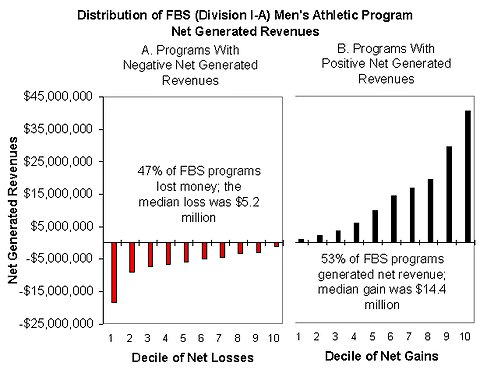 ATT’s basketball-themed commercials are to begin running on Saturday.
ATT’s basketball-themed commercials are to begin running on Saturday.
A popular series of television commercials is getting stretched out, literally and figuratively.
To take advantage of its sponsorship of the 2013 National Collegiate Athletic Association men’s basketball tournament, ATT and its advertising agency, BBDO Atlanta, are creating commercials with basketball themes that are inspired by the series of well-received commercials for ATT, also by BBDO Atlanta, that carry the theme “It’s not complicated.”
In the “It’s not complicated” commercials, which began appearing in November, children — a mix of child actors and nonprofessionals — are prompted by an earnest young man, played by a comedian named Beck Bennett, to discuss concepts like fast versus slow and bigger versus smaller. The resulting dialogue, in a vein reminiscent of “Kids Say the Darnedest Things” hosted by Art Linkletter or Bill Cosby, has captured the public’s fancy as shown by metrics that include YouTube views and the volume of positive comments in social media.
The campaign “has really struck gold,” said David Christopher, chief marketing officer at the ATT Mobility unit of ATT in Atlanta. Such popularity is hard to come by in a crowded, competitive category like telecommunications, which is flooded with look-alike ads.
In the basketball-themed commercials, which are to begin running on Saturday, Mr. Bennett continues as the interlocutor. Instead of the children, he interacts with four former star professional players: Kareem Abdul-Jabbar, Larry Bird, Magic Johnson and Bill Russell.
In a sight gag that also serves to link the two series of commercials, the new ones, like the original ones, take place in a classroom — with the players getting much larger chairs that befit their size.
For the N.C.A.A. tournament, “we thought, wouldn’t it be fun to do a riff” on the commercials with the children, Mr. Christopher said, and, “in a fun way to give a nod to basketball fans,” cast famous former stars in the new spots.
(The commercials could not use college players who appear in the tournament, under N.C.A.A. rules, and current pro basketball players are too busy playing the rest of the 2012-13 season, Mr. Christopher said.)
Stephen McMennamy, a creative director at BBDO Atlanta — part of the BBDO Worldwide division of the Omnicom Group — said: “We knew we have a very likeable campaign. People have taken to it.”
“We want to further it, keep the spark,” Mr. McMennamy said, but at the same time, “We didn’t want to jump the shark” — that is, reach a moment when, through exploitation, the commercials would begin to decline in quality and popularity.
The basketball commercials offer a “nice, delightful reward for people who know the campaign,” he added, and they can also be enjoyed by people who are not familiar with the commercials with the children.
In one basketball spot, called “Up Top,” Mr. Bennett asks the players a question that echoes one he asks the children: “In basketball, is it better to be bigger or smaller?”
After the players all respond, “Bigger,” he tries to high-five them, declaring, “Up top.” But the size differential between Mr. Bennett and the players proves awkward.
In the other basketball spot, called “Slow Break,” Mr. Bennett’s question is about faster versus slower. After he asks, “I mean, they don’t call it a slow break, do they?,” Mr. Johnson jokes, “Well, in Larry’s case maybe they do.”
The laughter from Mr. Johnson, Mr. Russell and Mr. Abdul-Jabbar causes Mr. Bird to pout, saying, “It’s like I don’t have feelings.” Mr. Bennett then tries awkwardly to give the much-taller Mr. Bird a hug.
The two commercials will appear during the final games of the tournament, Mr. Christopher said, and alternate with the commercials featuring the children — or, as he put it, “The kids aren’t going away.”
The basketball commercials are scheduled to end with the N.C.A.A. national championship game on April 8, the theory being, Mr. McMennamy said, “Drop the microphone, leave the stage.”
However, “it’s not out of the realm of possibility” they may continue, he added, if the public likes them.
As for the chance of ATT commercials with Mr. Bennett chatting with famous retired football players for the Super Bowl or famous retired movie stars for the Academy Awards, Mr. Christopher said, laughing, “We’ll see.”
Article source: http://mediadecoder.blogs.nytimes.com/2013/03/29/for-n-c-a-a-att-calls-on-pro-basketball-stars/?partner=rss&emc=rss

